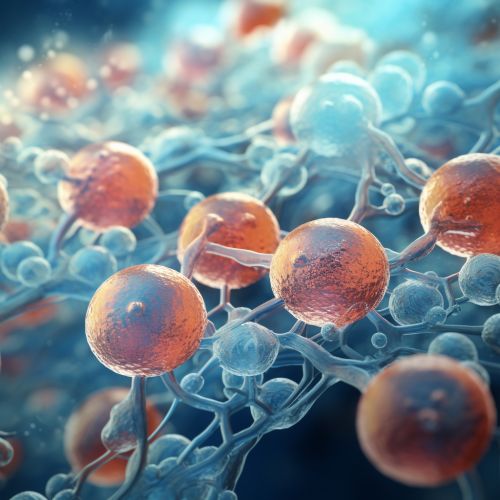Stem Cells in Brain Repair
Introduction
Stem cells, the undifferentiated cells capable of both self-renewal and differentiation into various cell types, have been a topic of intense research in the field of neuroscience. The potential of these cells to replace damaged or lost neurons and glial cells in the brain has opened up new avenues in the field of brain repair and regeneration Neuroscience. This article delves into the role of stem cells in brain repair, discussing the types of stem cells used, their sources, the mechanisms involved in their therapeutic effects, and the challenges and future directions of this promising field.
Types of Stem Cells Used in Brain Repair
There are several types of stem cells that have been explored for their potential in brain repair. These include embryonic stem cells (ESCs), induced pluripotent stem cells (iPSCs), adult stem cells, and neural stem cells (NSCs).
Embryonic Stem Cells
Embryonic stem cells (ESCs) are derived from the inner cell mass of the blastocyst, an early-stage embryo. They are pluripotent, meaning they have the potential to differentiate into any cell type in the body. ESCs have been extensively studied for their potential in brain repair, particularly in neurodegenerative diseases such as Parkinson's disease and Alzheimer's disease.
Induced Pluripotent Stem Cells
Induced pluripotent stem cells (iPSCs) are adult cells that have been genetically reprogrammed to an embryonic stem cell-like state. Like ESCs, iPSCs are also pluripotent. The advantage of iPSCs over ESCs is that they can be derived from the patient's own cells, reducing the risk of immune rejection.
Adult Stem Cells
Adult stem cells, also known as somatic stem cells, are found in various tissues in the body. These cells are multipotent, meaning they can differentiate into a limited number of cell types related to their tissue of origin. In the context of brain repair, adult stem cells from the bone marrow (hematopoietic stem cells and mesenchymal stem cells) have been explored for their therapeutic potential.
Neural Stem Cells
Neural stem cells (NSCs) are a type of adult stem cell found in specific regions of the brain. NSCs are capable of differentiating into neurons, astrocytes, and oligodendrocytes, the three main cell types in the brain. NSCs have been a major focus of research in brain repair due to their ability to replace lost or damaged neurons.


Mechanisms of Stem Cell-Based Brain Repair
The mechanisms by which stem cells contribute to brain repair are multifaceted and complex. They involve cell replacement, neuroprotection, immunomodulation, angiogenesis, and modulation of inflammation.
Cell Replacement
One of the primary mechanisms of stem cell-based brain repair is cell replacement. Stem cells, upon transplantation into the damaged brain, can differentiate into neurons and glial cells, replacing the cells that have been lost due to injury or disease.
Neuroprotection
Stem cells can also exert neuroprotective effects. They can secrete growth factors and other molecules that promote the survival of existing neurons, enhance neurite outgrowth, and stimulate endogenous neurogenesis.
Immunomodulation
Stem cells, particularly mesenchymal stem cells, have immunomodulatory properties. They can modulate the immune response in the brain, reducing inflammation and promoting a more conducive environment for repair and regeneration.
Angiogenesis
Stem cells can promote angiogenesis, the formation of new blood vessels. This is crucial in brain repair as it improves blood flow and oxygen supply to the damaged areas.
Modulation of Inflammation
Stem cells can modulate the inflammatory response in the brain. They can secrete anti-inflammatory molecules and promote the polarization of microglia, the resident immune cells in the brain, towards a more anti-inflammatory phenotype.
Challenges and Future Directions
Despite the promising potential of stem cells in brain repair, there are several challenges that need to be addressed. These include the risk of tumorigenesis, immune rejection, ethical issues related to the use of embryonic stem cells, and the need for better understanding of the mechanisms of stem cell-based brain repair.
Looking forward, advancements in stem cell technology, such as the development of organoids and 3D bioprinting, hold great promise for the field of brain repair. Moreover, the combination of stem cell therapy with other therapeutic strategies, such as gene therapy and nanotechnology, may further enhance the efficacy of stem cell-based brain repair.
